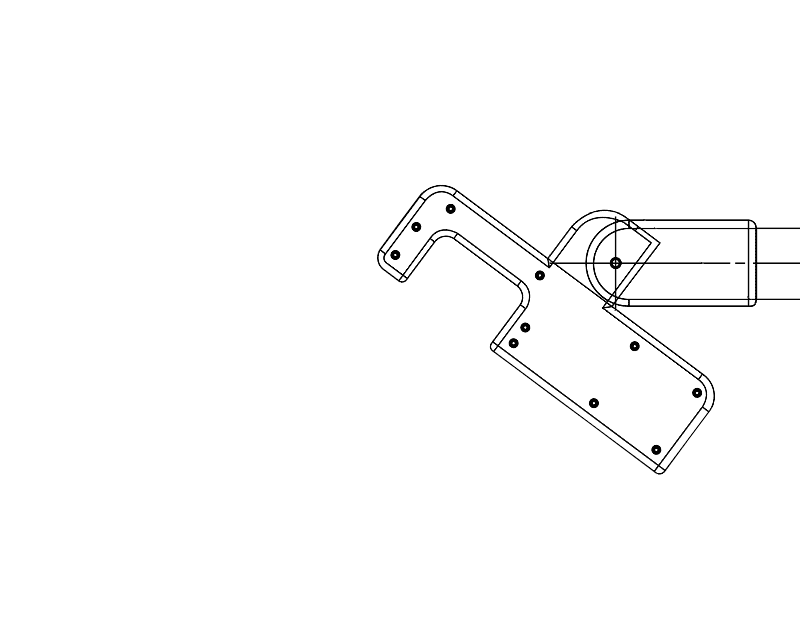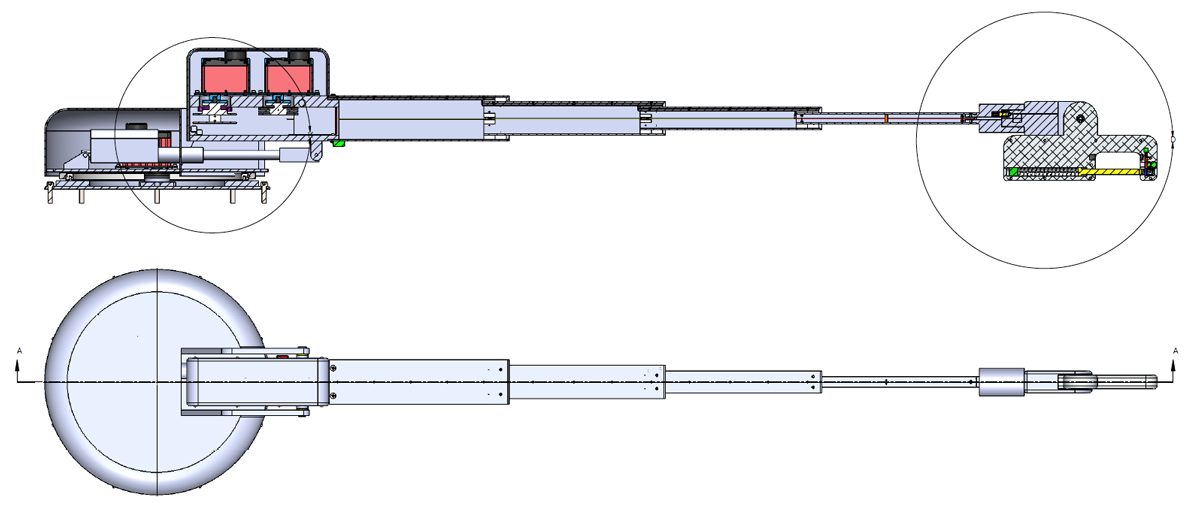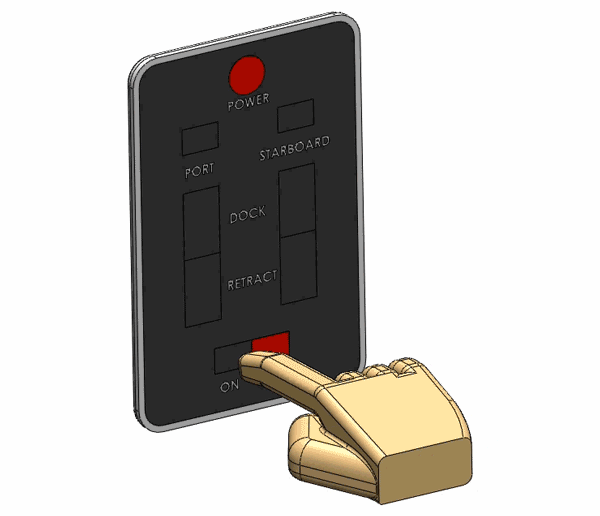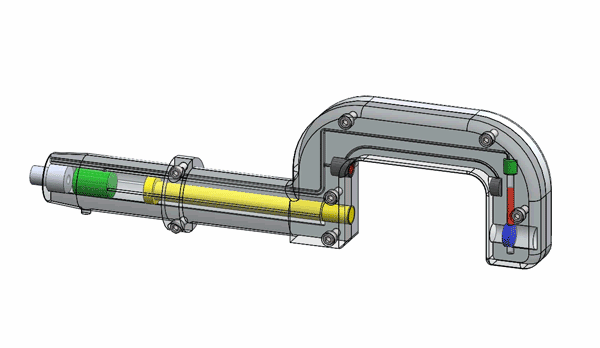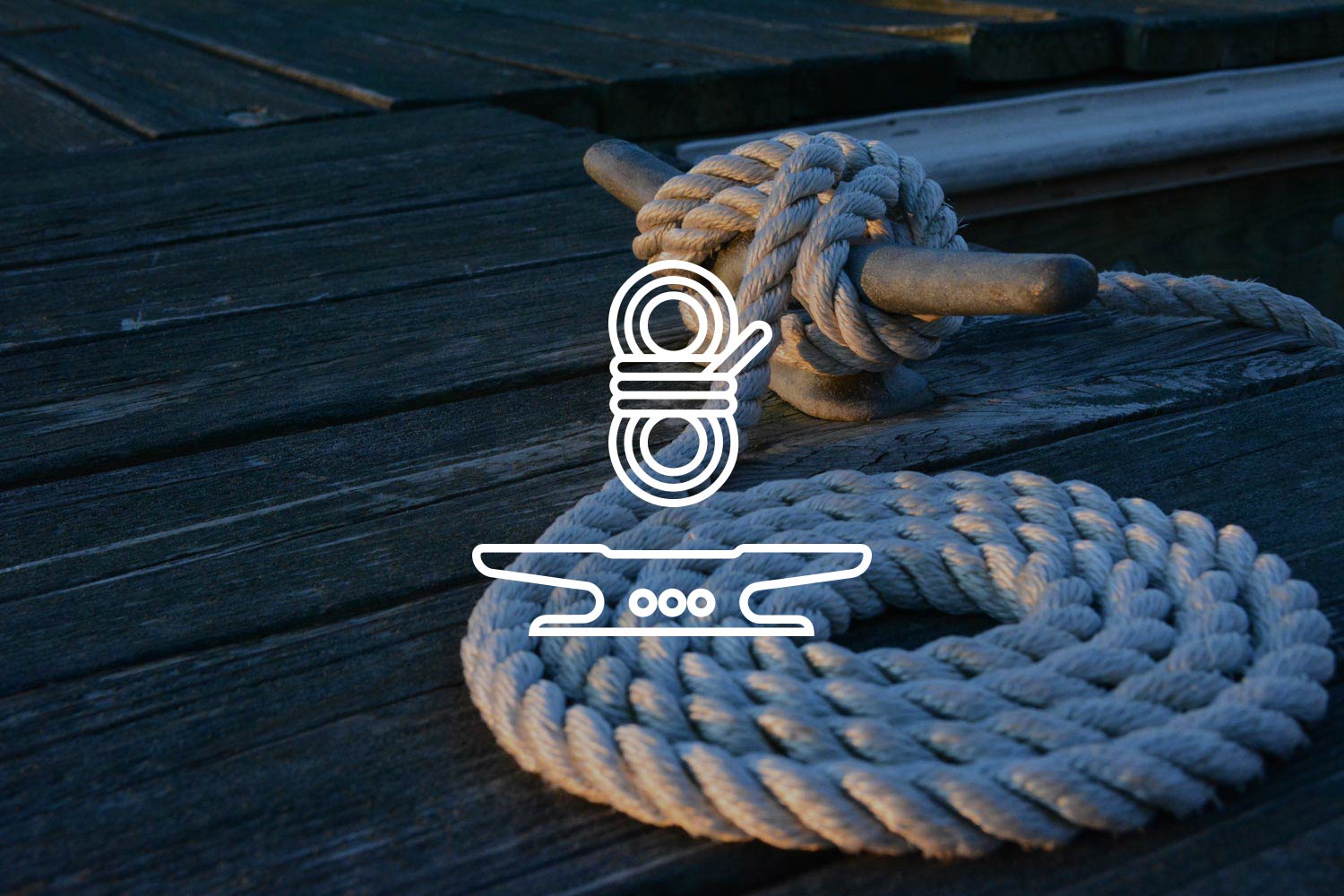50%+
Of all boating injuries occur at the dock.
$170m
Est. amount of boat damage caused while docking in 2017.
2+
# of people required to cast off or dock safely.
Solution: Cleatline™
SAFETY - ACCURACY - EFFICIENCY - RELIABILITY
Dock your boat with the simple push of a switch while you remain at the helm.
It’s safe, accurate, reliable, and stress-free.
Go out
alone
Simple
operation
Safe
Stress-free
Patent
Protected
State of
the art
Our Journey
From a simple idea to patent - and everything in between.
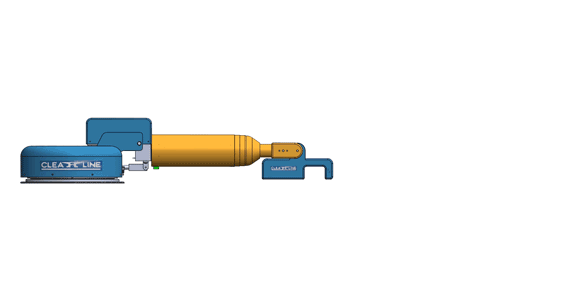
Prototype Development
The requisite technology to assemble the product was developed over a 2-year period from 2016 to 2017, which resulted in our first working prototype. Our second prototype, featuring a faster and more-compact design, was completed in late 2018.
Behind the Invention
A team of individuals who share a passion for innovation and being on the water.


Ira Nachem
Boat Captain / Inventor / Business Professional
Ira is the primary force behind the idea and development of Cleatline™. Over the last 20 years, he has owned and crewed many sail and power boats. Ira always believed there was a better way to dock and cast off, but it wasn’t until his father-in-law fell into Long Island Sound during a docking exercise that he put some serious thought into creating something that made it a more safe and more certain experience. His father-in-law could have drowned, received a serious injury, or a case of hypothermia. Fortunately, he’s OK, but since then he’s turned down many offers to help with the docking. With Cleatline’s integrated docking system, Ira will no longer need to ask.
Get in touchLet's Talk!
Interested in becoming an investor or just learning more? Let's get in touch.


